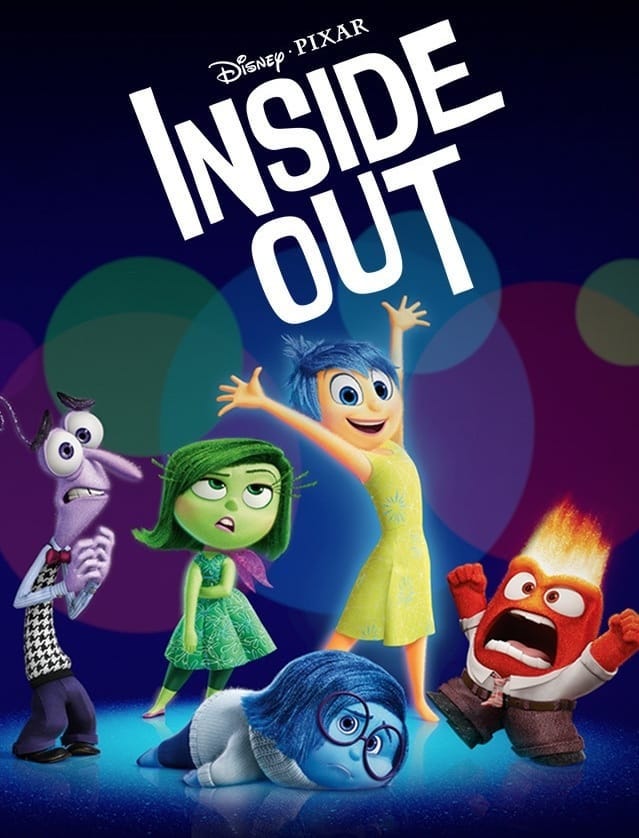anger is a middle aged man
In 2020, I was working on a paper called ‘Anger is a Middle Aged Man’ for the International Society of Biblical Literature (ISBL) conference which was due to be held in Adelaide in July.1 Of course, COVID hit and neither the conference nor the paper happened. In a couple of weeks I am off to Sweden for and am desperately trying to get my papers written, but the idea of this one that didn’t get written still flits through my brain.
The idea came from the Pixar 2015 movie, Inside Out, which tells the story of Riley (11yo) who is dealing with the mixed emotions of moving across the country. Inside Riley’s head are a range of characters that depict her dominant emotions - joy, sadness, fear, disgust and anger. Joy is a skinny young girl with a pigtail and a yellow dress. Sadness is a plump teenager wearing an oversized jumper. Fear is a skinny nerdy guy with a bow tie and vest. Disgust is a fashionable teenage girl. And Anger is a short, square, middle aged man.
From memory, when we get to see inside the mother’s head, the characters are all women, and inside the father’s head the characters are all men. So, it is interesting to me that Riley’s emotions are depicting through a range of genders - especially given the current move toward gender essentialisms and binaries.2
I think each of the emotions reflect when that feeling is acceptable. It is acceptable for young girls to be joyous. It is expected that heavy teenagers will be sad. The nerd is always nervous and waiting to be blown up. Fashionable teenage girls are the ones most likely to express audible disgust. And middle aged men are allowed to be angry.
Some other messages that this conveys might be, boys and men are not allowed to express joy. Overweight people are not comfortable in their bodies or allowed to be content. Nerds are vulnerable becuase they invest in their brains and not their bodies, and perhaps it is natural that these people will be bullied. Attractive women who dress up think they are better than every one else. And only men are allowed to express anger.
I haven’t seen the second movie so cannot comment on whether these messages change or are different there. But I think it is worth thinking about how movies - especially ones that are animated and made ostensibly for children - subtly convey messages about what is acceptable and not acceptable. This is true in terms of gender, but it is also true for a whole range of other ideas, too.
In 2026 ISBL will come back to Adelaide, and I would love to see you there.
This might be becuase movies where girls/women are dominant are seen to be interesting to females, whereas movies with male characters are seen to have more universal appeal.





